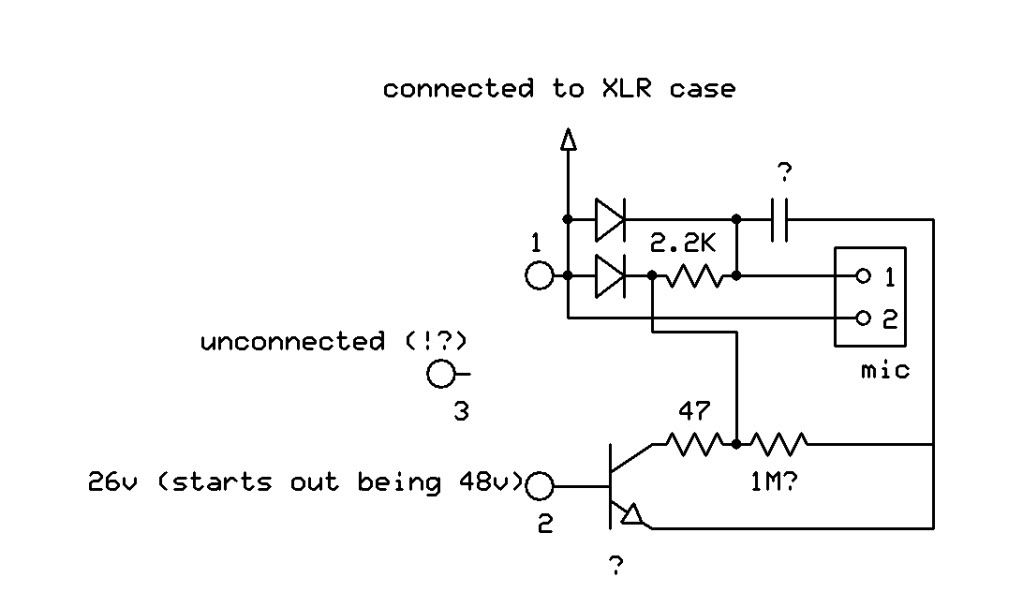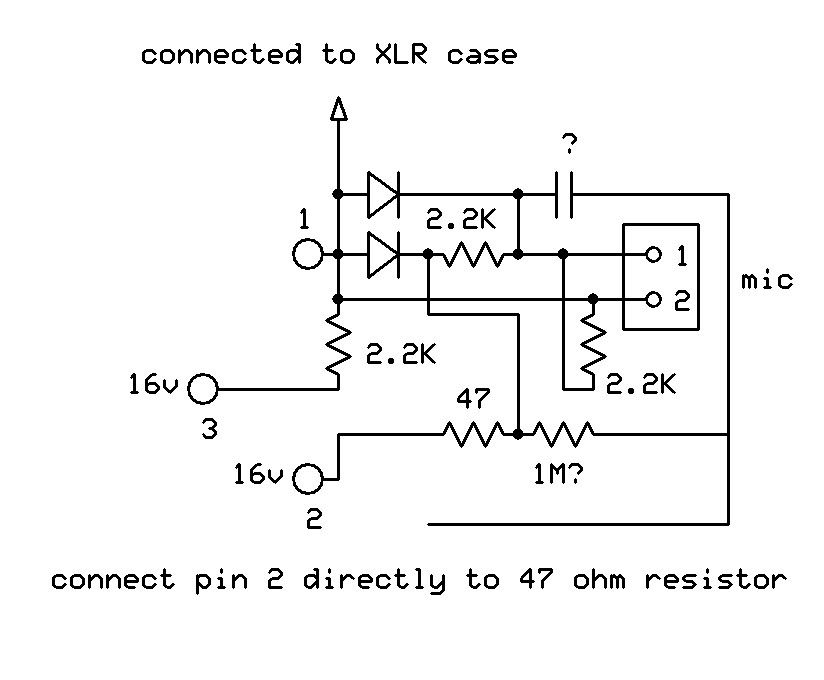the TO92 thingie seems to be regulating, but I doubt it's a 78xx type, probably it's just a general purpose transistor, receiving +26 V on its collector, base held at 7V, around 6V appear at the emitter.
It *might* have a series resistor, dropping +48 to +26 and easing the transistor dissipation.
That resistor which "eats" 22V out of 48, may be too much for a 17V supply.
OK, enough guessing, let's see what the cat brings.
It *might* have a series resistor, dropping +48 to +26 and easing the transistor dissipation.
That resistor which "eats" 22V out of 48, may be too much for a 17V supply.
OK, enough guessing, let's see what the cat brings.



Comment